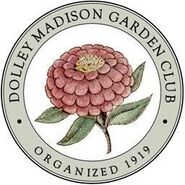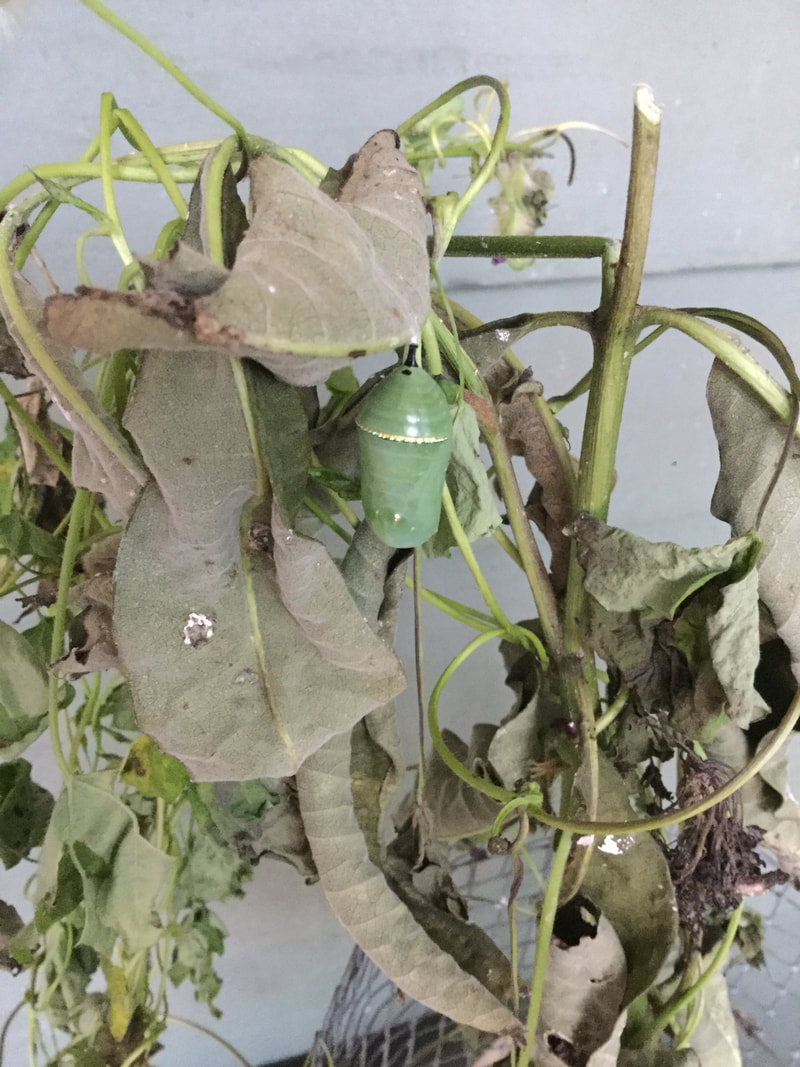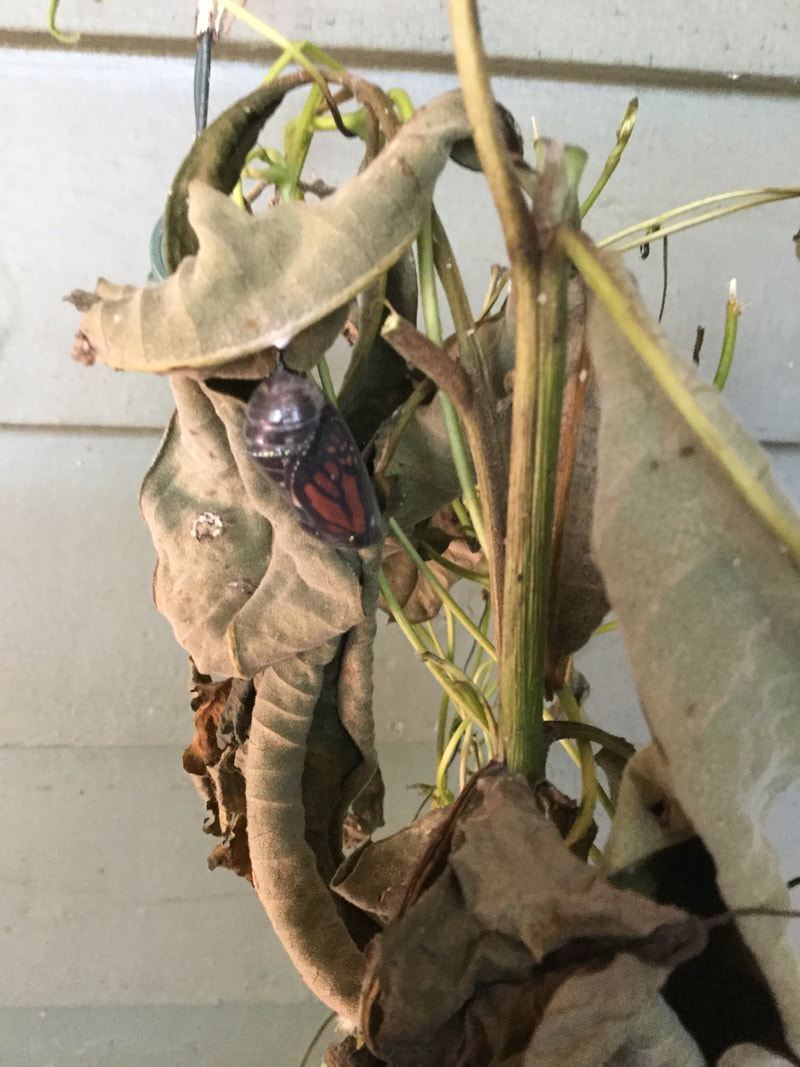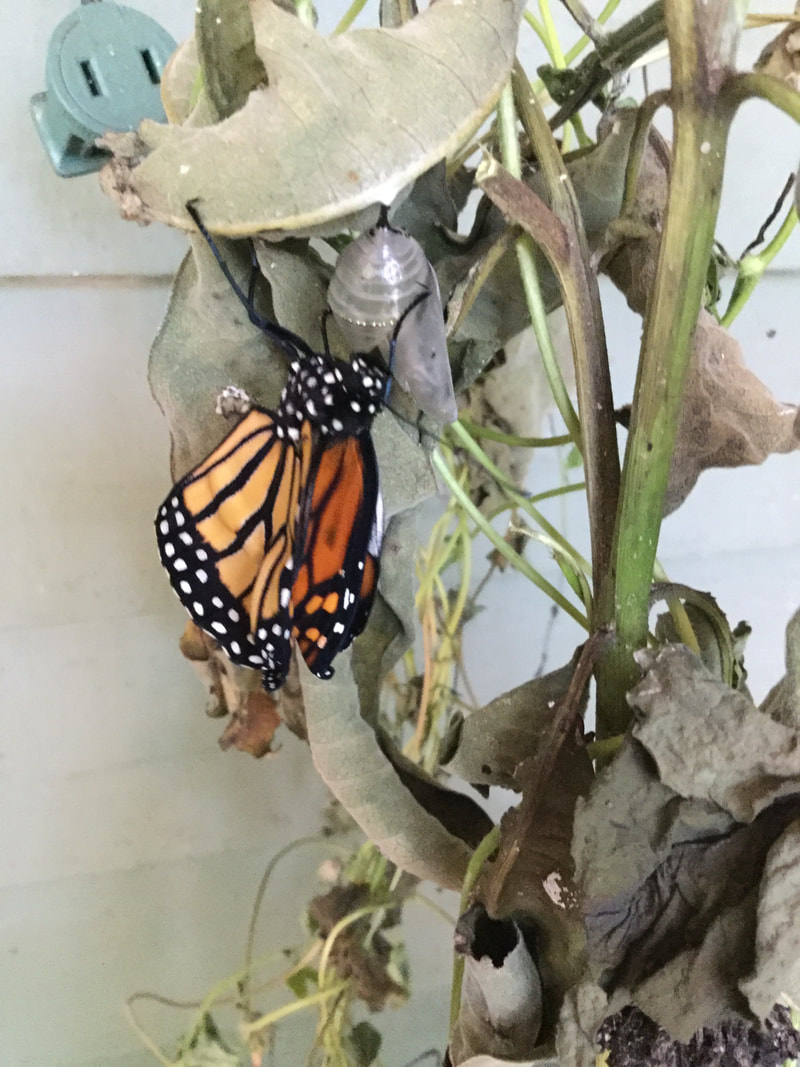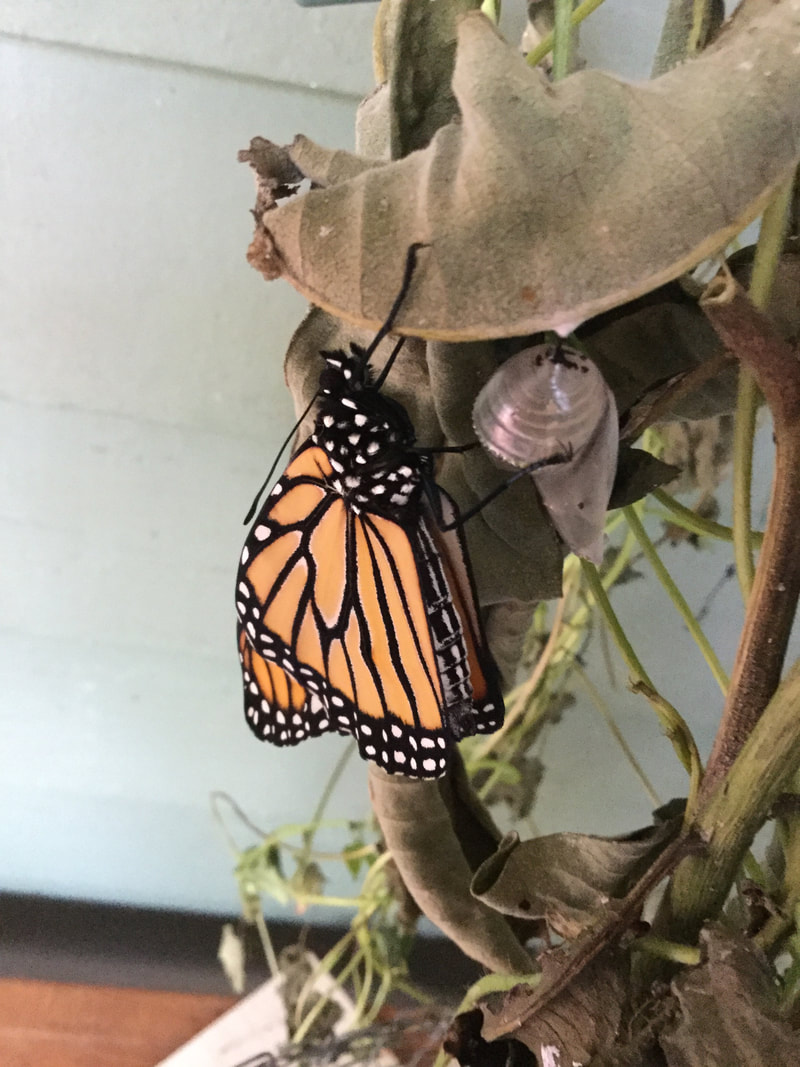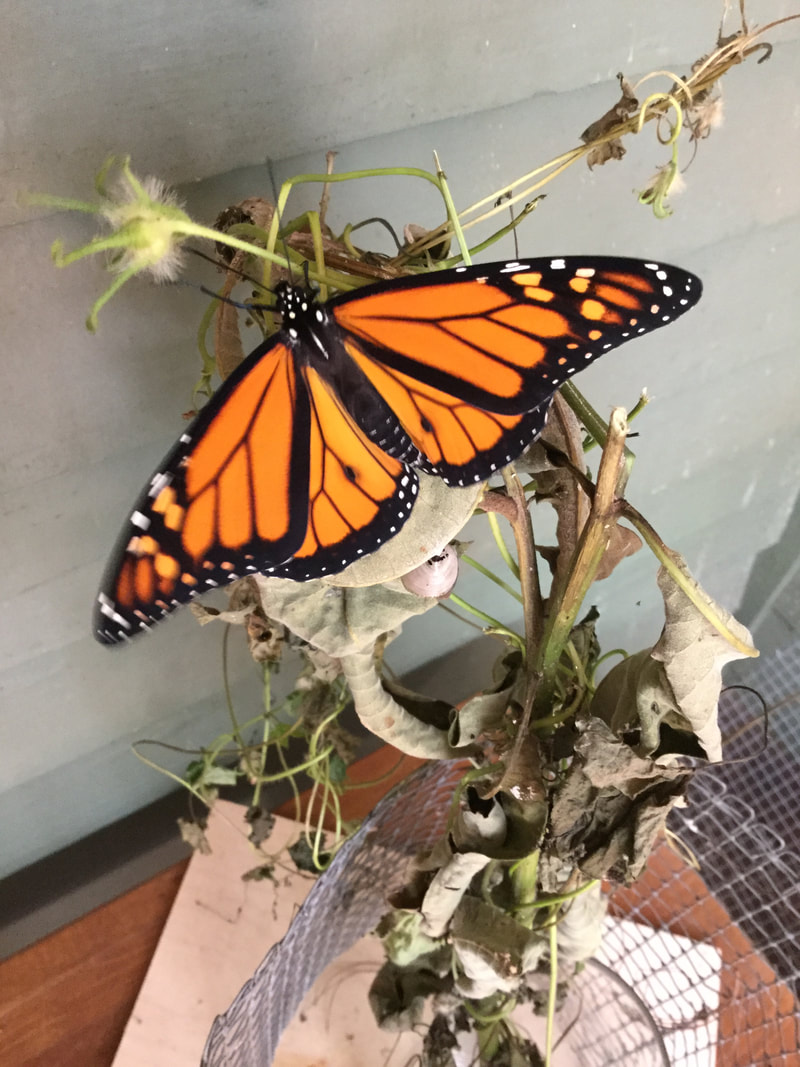Conservation and Beautification
The Dolley Madison Garden Club works alongside the Garden Club of America and the Garden Club of Virginia to promote responsible environmental stewardship and to aid in efforts to "restore, improve, and protect the quality of the environment" through engagement with the community and with legislators.
Conservation News
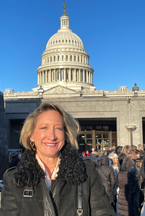 DMGC member
Carla Passerello at the Capitol
DMGC member
Carla Passerello at the Capitol
40th Annual GCA National Affairs and Legislation Conference
The 40th annual Garden Club of America National Affairs and Legislation conference took place in Washington, DC on March 12-15th with members of the GCA making a trek to our nation’s capital to advocate for the pressing conservation concerns of the day. Participants met and heard from senators and congressmen as well as members of the administration and leaders of national conservation organizations. NAL Chair Karen Gilhuly explained the zeitgeist of the event best:
“Gardeners get it, because we are so viscerally connected to the earth. It doesn’t take but a minute to see the connection between clean water, healthy soil, healthy plants, animals, people, and of course, a healthy planet. And so, before you know it, you are moved to protect what you love, and suddenly you are an advocate.”
See the videos of speakers here: https://www.gcamerica.org/members/national-affairs-and-legislation-conference-2023
The 40th annual Garden Club of America National Affairs and Legislation conference took place in Washington, DC on March 12-15th with members of the GCA making a trek to our nation’s capital to advocate for the pressing conservation concerns of the day. Participants met and heard from senators and congressmen as well as members of the administration and leaders of national conservation organizations. NAL Chair Karen Gilhuly explained the zeitgeist of the event best:
“Gardeners get it, because we are so viscerally connected to the earth. It doesn’t take but a minute to see the connection between clean water, healthy soil, healthy plants, animals, people, and of course, a healthy planet. And so, before you know it, you are moved to protect what you love, and suddenly you are an advocate.”
See the videos of speakers here: https://www.gcamerica.org/members/national-affairs-and-legislation-conference-2023
Garden Club of Virginia has a seat at the Virginia Assembly legislative table!
HJ 572, which GCV advocated for, passed this May in Virginia. It established a State Working Group to study the commercial sale of invasive plant material in the commonwealth. The Group consists of representatives from over fifteen organizations including state agencies, conservation and landscape Industry groups and will consider measures such as signage, increased sale of Native plants, public education and funding for remediation of damage to native landscapes caused by invasive species like non-native honeysuckles, Autumn Olive and Bradford Pear. Carla Passarello, DMGC Conservation Chairman, is the GCV representative.
HJ 572, which GCV advocated for, passed this May in Virginia. It established a State Working Group to study the commercial sale of invasive plant material in the commonwealth. The Group consists of representatives from over fifteen organizations including state agencies, conservation and landscape Industry groups and will consider measures such as signage, increased sale of Native plants, public education and funding for remediation of damage to native landscapes caused by invasive species like non-native honeysuckles, Autumn Olive and Bradford Pear. Carla Passarello, DMGC Conservation Chairman, is the GCV representative.
Plant Virginia Natives!
Learn more about landscaping with Virginia natives here and sign up for the Lewis Ginter Botanical Gardens webinar series: https://www.plantvirginianatives.org/webinars-landscaping-with-virginia-natives
Click here for a list of Nurseries that sell native plants: https://vnps.org/native-plant-nursery-list/
Learn more about landscaping with Virginia natives here and sign up for the Lewis Ginter Botanical Gardens webinar series: https://www.plantvirginianatives.org/webinars-landscaping-with-virginia-natives
Click here for a list of Nurseries that sell native plants: https://vnps.org/native-plant-nursery-list/
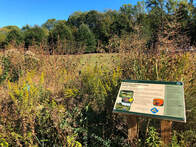
Native Plant Watch
Virginia Working Landscapes is launching a new program, "Native Plant Watch," to inform and advise on topics such as the best native species for gardens and landscaping, and conservation practices in all settings. You don't need a meadow to take meaningful action. Find out what you can do right on your front porch! Go here for more information:
https://www.vaworkinglandscapes.org/native-plant-watch/?mc_cid=7f7f9130f7&mc_eid=ec2e49a289
Virginia Working Landscapes is launching a new program, "Native Plant Watch," to inform and advise on topics such as the best native species for gardens and landscaping, and conservation practices in all settings. You don't need a meadow to take meaningful action. Find out what you can do right on your front porch! Go here for more information:
https://www.vaworkinglandscapes.org/native-plant-watch/?mc_cid=7f7f9130f7&mc_eid=ec2e49a289
Monarch butterfly evolution in member Joanna Davies garden
Good Reads and Good Viewing
|
Thomas Rainer and Claudia West “Planting in a Post-Wild World”
Planning guides, plant materials and tips for better maintenance to garden for sustainability and wildlife as we face the challenges of a changing climate and landscape. “Growing a Greener World”, Saturday mornings at 8:00 am on PBS. Host Joe Lampl visits great gardens and landscapes showcasing cutting edge green techniques like commercial rooftop gardens and public gardens reclaiming former industrial spaces. |
KEEP UP WITH CONSERVATION ISSUES:
Link into GCA Conservation Position Papers
Link into GCA Conservation Position Papers
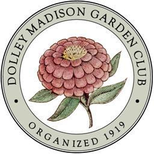
Email: [email protected]
Website: www.dmgcvirginia.org Our Club Facebook page: @DolleyMadisonGardenClub Our Historic Garden Week Facebook page: @HGWOofVA Follow us on Instagram @historicgardenweekorangeva |
© Dolley Madison Garden Club
All photos/images/text and contents are copyrighted . All Rights Reserved P.O. Box 1017 Orange, VA 22960 |
